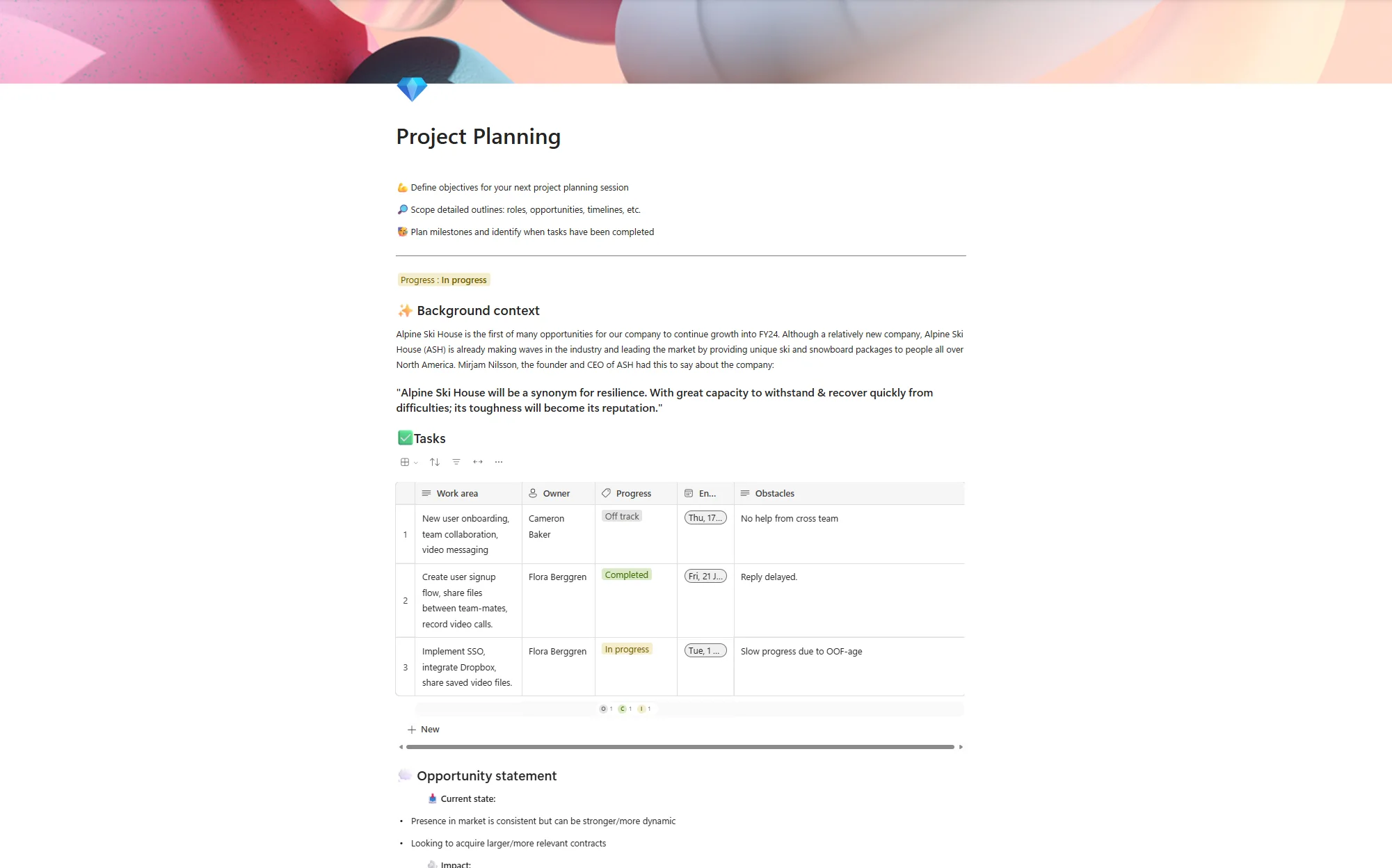Are Microsoft 365 Mailboxes backed up? (And how can you back them up?)

Posted on April 12, 2022 by Louise Howland
Most of us spend a lot of our working lives in Microsoft Outlook, communicating by e-mail, rightly or wrongly using our inbox as our to-do list, and relying on our calendar for planning our time.
The vast majority of organisations have moved to using Outlook in the cloud as part of the Microsoft 365 platform, which has massively reduced everyone’s reliance on servers and storage. Moving to the cloud has huge advantages around reduced capital costs and easier management but does bring some challenges around making sure we know how cloud providers are keeping our data safe.
Did you know Outlook doesn’t automatically back up your emails?
Instead, emails are retained on a set policy, before being released into the world to never return. Microsoft is aware of this problem and actually recommends third-party backup solutions for Microsoft 365 to complement existing retention policies.
Why isn’t Microsoft 365 backed up by Microsoft?
Simply put, the volume of data storage needed would be ridiculous. In fact, Microsoft themselves in their Services Agreement state three times that customers should have a regular backup plan using a third-party backup service.
There are some backup-like systems in Microsoft, such as retention of your deleted inbox for 30 days, and autosave of lost files in Microsoft, but otherwise, there is no large-scale data backup for Microsoft 365.
What does Microsoft back-up?
Microsoft’s responsibility is to ensure the availability of your data, with a target of 99.9% for Exchange Online (which is the system behind Outlook), so they have a huge amount of redundancy built into their systems, with multiple copies of your data in different datacentres to minimise the risk that a single failure will bring down their systems. Our experience with Microsoft 365 across all of our customers has been great with barely any downtime related to Microsoft’s systems.
How to back up your inbox in Microsoft 365
ramsac always recommends the use of a third-party backup service for all Microsoft 365 data. This means in the event of data being lost you can quickly and easily recover the data you need, even if it was deleted months ago and the user has only just noticed.
It also gives you the reassurance of knowing that in the unlikely event of a major incident at Microsoft, a copy of your data is stored in a completely separate system which you can access immediately. It’s the modern-day equivalent of copying data from your server to a tape – and then ensuring a good distance between the two in case the server went bang!
Modern cloud backups are not invasive, they are inexpensive and as well as backing up Outlook, will also back up all data stored in Teams, OneDrive and SharePoint.
Things to consider when choosing a backup solution
When choosing a backup solution, you should consider:
- Location of backups. Will it be onsite, offsite, or a combination of the two?
- Is there an ‘air gap’ between live data and backed-up data? An air gap allows potentially infected content to be caught before it’s backed up. This prevents viruses from impacting both the live data and the backed-up data. Without a good air gap, viruses and ransom attacks can leave a company a lot worse off.
- What is the point in time restore capabilities for the solution? When restoring data from a backup, you often need to choose a specific point in time from when things weren’t broken before you restore to avoid more complex issues.
- Is ‘one-click restore’ available? Without this, restoring data becomes a laborious and manual task. ‘One-click restore’ makes life a lot easier when trying to bring back a company.
Microsoft 365 backup from ramsac
We offer a premium backup solution for Microsoft 365, leaning on our expertise from working with companies of all sizes. This has allowed us to develop a solution that provides backup for our customers that works for them.
ramsac will manage the entire process of rolling out, and if the worst happens, we’ll be on hand to bring back your data. Want to know more? Get in touch today.







